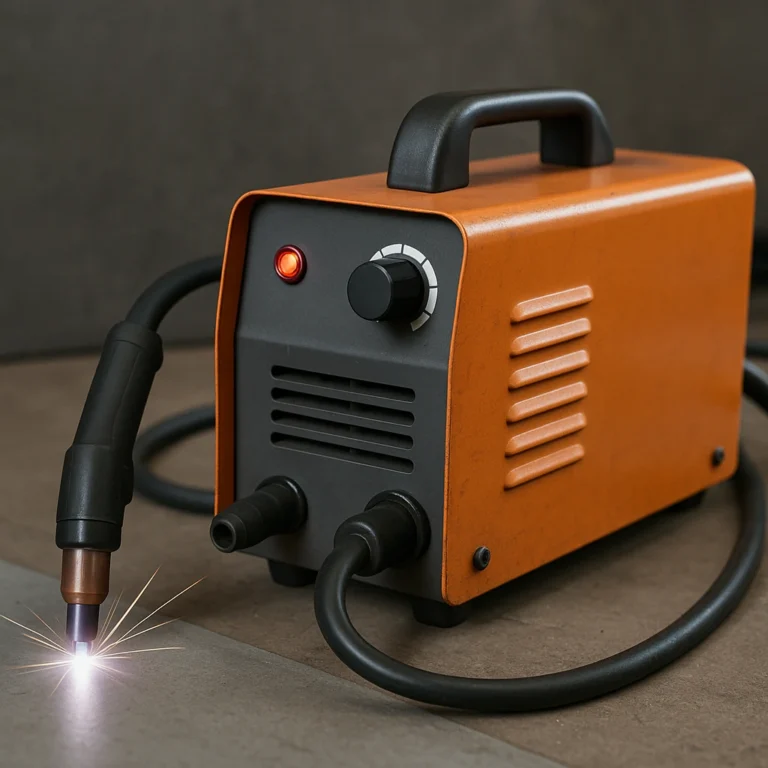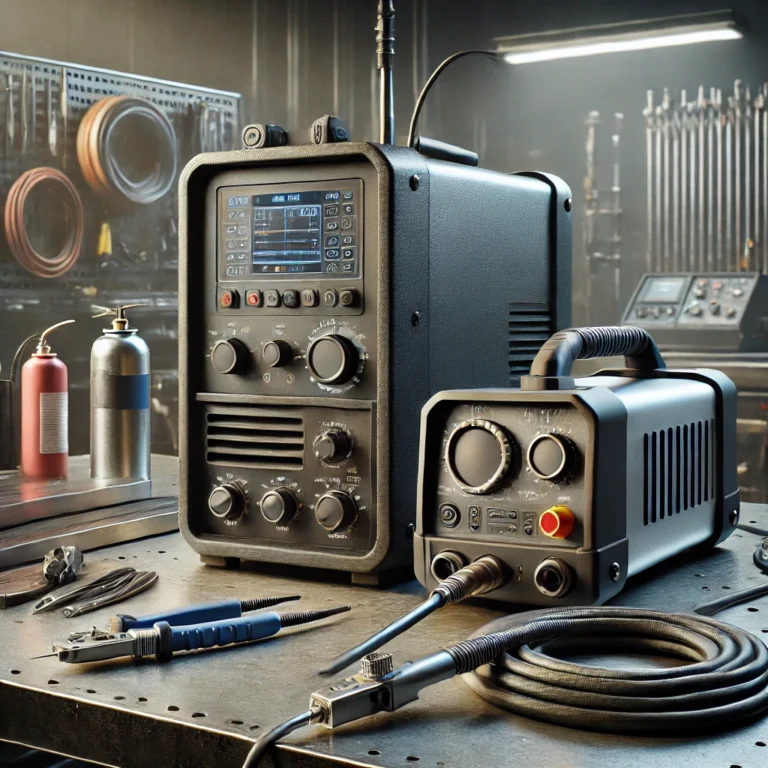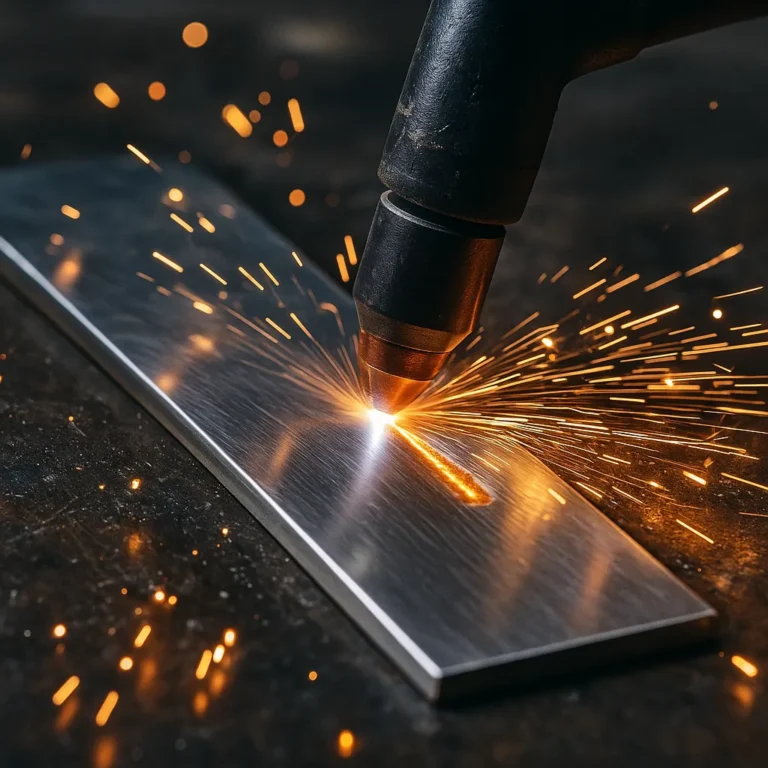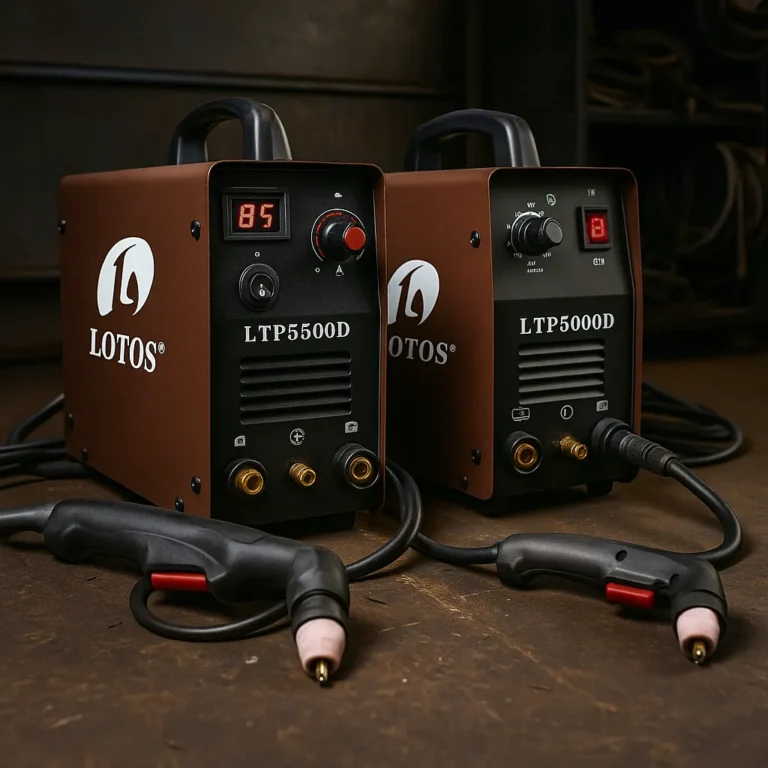Do Plasma Cutters Use Gas or Compressed Air? Here’s the Real Deal
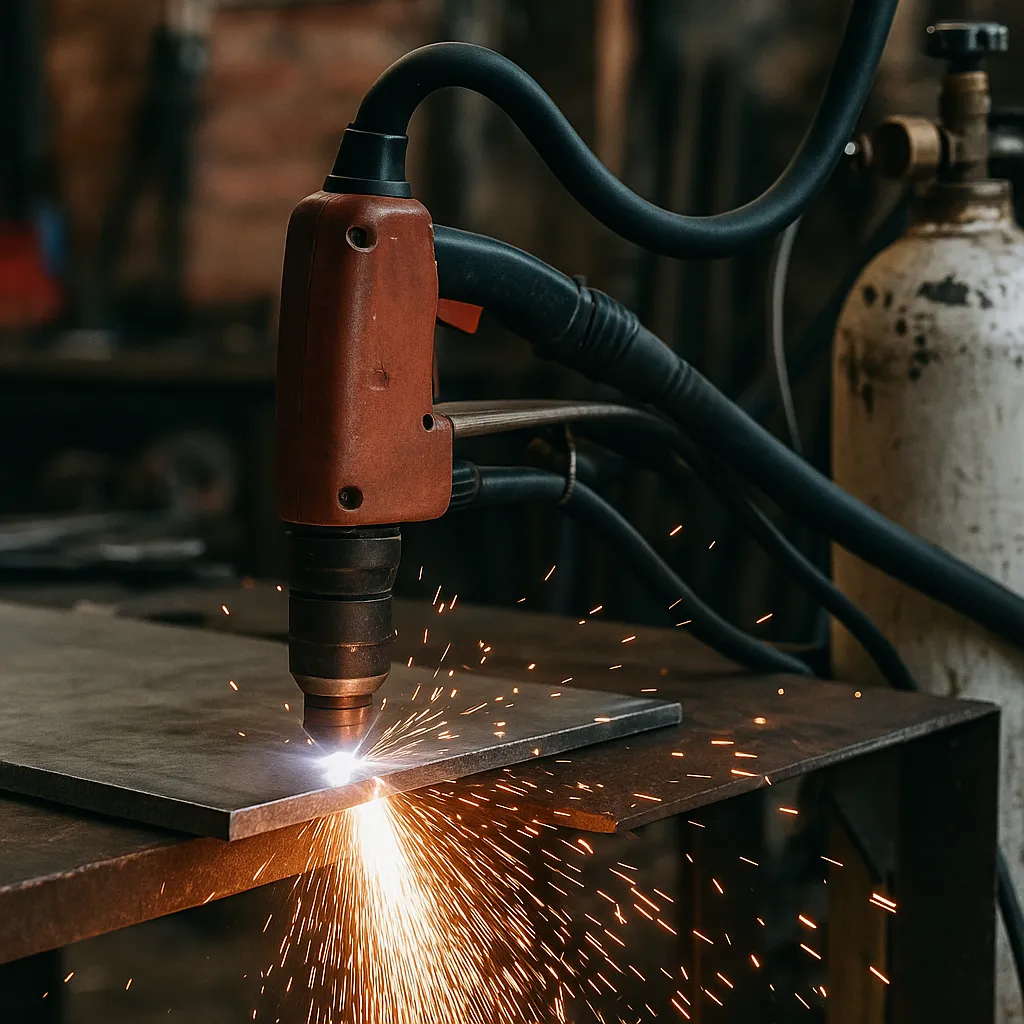
Disclosure: This post contains affiliate links. As an Amazon Associate, I earn from qualifying purchases—at no extra cost to you.
Plasma cutting is one of the fastest, cleanest ways to slice through metal—and it’s more accessible than ever. One reason for that? Most modern plasma cutters don’t need expensive gas cylinders. Instead, they run on something you probably already have in your shop: compressed air.
Let’s get into how these machines work, what they actually require, and which setup makes the most sense for different welding needs.
Most Plasma Cutters Run on Regular Air
If you’re using a plasma cutter in your garage or small shop, chances are it runs on compressed air. That’s what powers the arc and clears away molten metal while you cut. It’s simple, affordable, and works well for a wide range of metals—including steel, stainless, and aluminum.
You’ll get the best results if your air is clean and dry. Moisture can mess with the arc and wear down your consumables faster. That’s why many welders recommend using a filter or moisture trap, especially in humid environments.
Machines like the LOTOS LTP5000D and PrimeWeld CUT60 get solid feedback from hobbyists and small business owners who rely on air-fed systems for daily use.
Some High-End Setups Use Specialty Gases
There are also plasma cutters out there that use gases like nitrogen, argon, or argon-hydrogen mixes. These are mostly found in industrial shops where ultra-clean cuts and thick materials are the norm.
For example, nitrogen is often used for stainless steel, while argon-hydrogen blends are ideal for thick aluminum. But this type of setup requires more than just the gas—it means tanks, regulators, and more maintenance. Not to mention higher operating costs.
Unless you’re doing precision manufacturing, most welders agree that specialty gases aren’t worth the extra hassle for everyday work.
What You’ll Need for a Compressed Air Setup
To get the most out of your air-powered plasma cutter, you’ll need a compressor that delivers at least 4.5 to 6 CFM at 90 PSI. That keeps the arc stable and your cuts consistent.
Most plasma cutters come with a built-in air regulator or a hose-ready connection. You might also want to add an external filter to keep moisture and oil out of the line—especially if you’re cutting aluminum or working in a humid space.
Once your system is dialed in, there’s very little upkeep. No gas tanks to manage, no tricky valves—just hook up the air and go.
Simple, Safe, and Budget-Friendly
One of the biggest perks of using compressed air is how easy it is to handle. There’s no risk of flammable gas leaks, and no need for specialty training or storage.
It’s also much more cost-effective over time. You don’t need to refill tanks or pay for gas delivery. If you already have a shop compressor, you’re halfway there.
According to community feedback and real-world reviews, air-powered plasma cutters strike a solid balance between performance, cost, and ease of use—especially for small shops, mobile welders, and DIYers.
Conclusion
Most plasma cutters use compressed air, not bottled gas—and for good reason. It’s affordable, safe, and ideal for cutting steel, stainless, and aluminum in everyday shop settings.
While gas-fed systems do exist, they’re better suited for high-precision industrial jobs. For the rest of us, a quality plasma cutter and a reliable air compressor will handle just about anything we throw at it.


